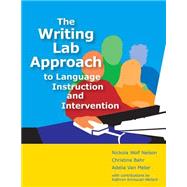The writing lab approach has been developed and field-tested by the authors over the last decade, through grants from the U.S. Department of Education, Office of Special Education and Rehabilitative Services. The authors have used the approach in typical public school classrooms, afterschool programs, a








